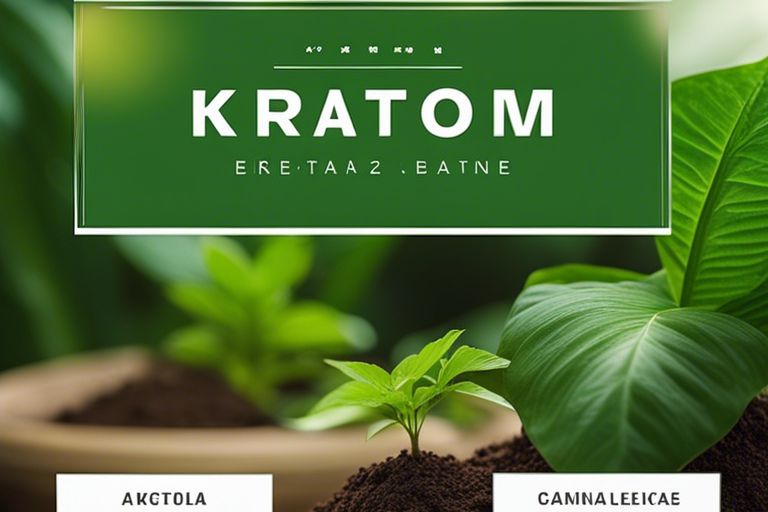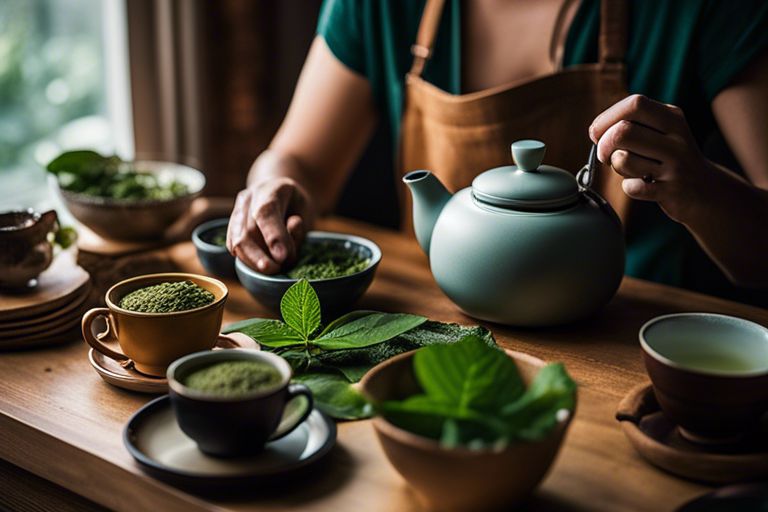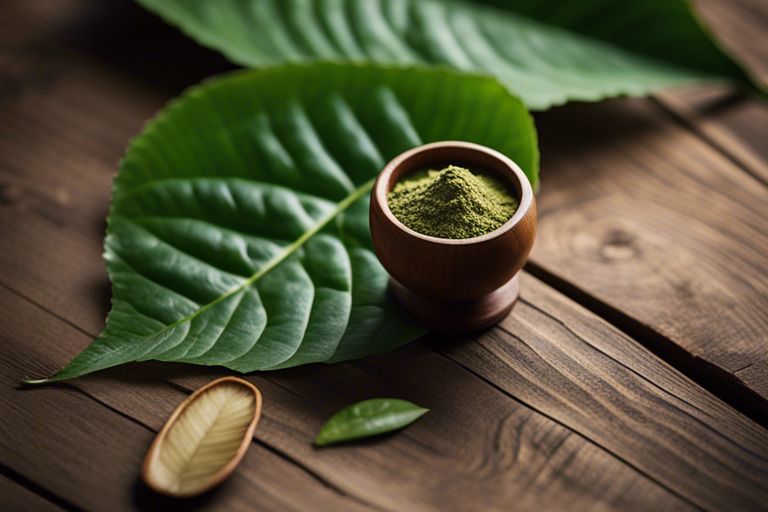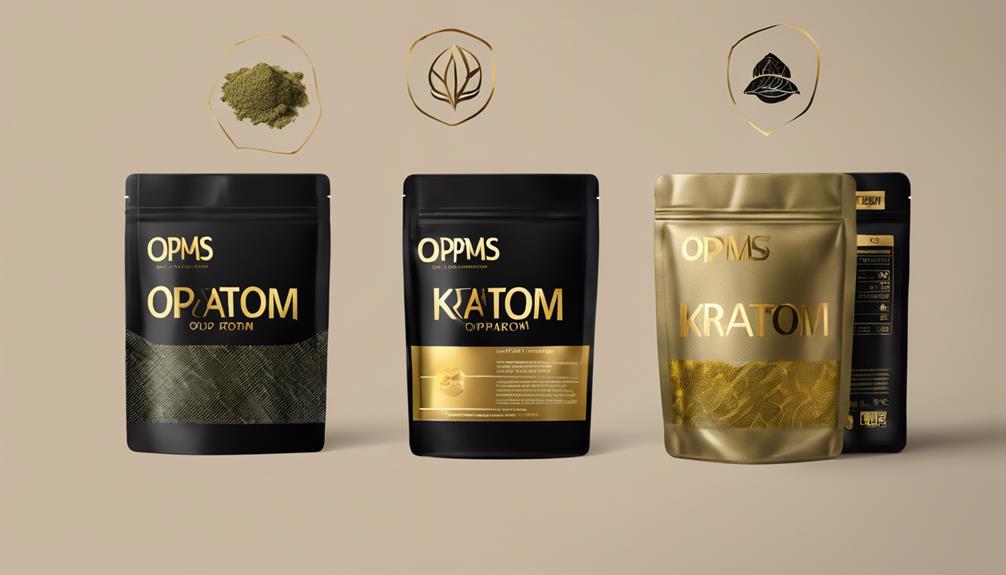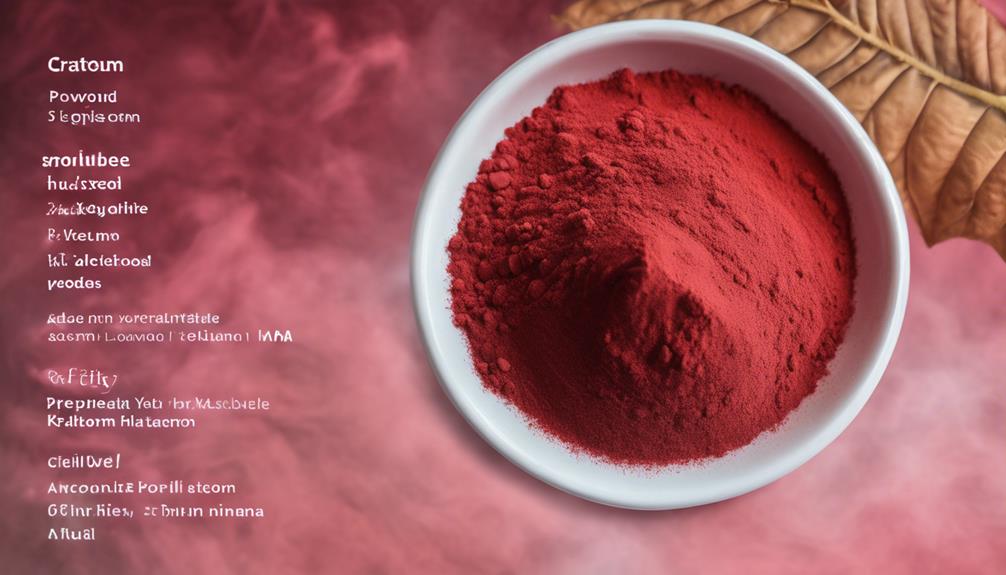Comparing kratom and kava reveals distinct differences in their origins, effects, and uses. While kratom comes from the leaves of a tree native to Southeast Asia and is known for its pain-relieving and energizing properties, kava hails from the Pacific Islands and is celebrated for its relaxing and calming effects. Understanding the unique characteristics of kratom and kava is important for anyone considering incorporating these botanicals into their wellness routine.
Key Takeaways:
- Kratom: Kratom is a tropical plant native to Southeast Asia, known for its stimulating and pain-relieving effects when consumed in low doses.
- Kava: Kava, on the other hand, is a plant native to the South Pacific islands, traditionally used to create a calming and euphoric feeling when consumed as a tea or supplement.
- Differences: While both kratom and kava have psychoactive effects, kratom is more stimulating and energizing, while kava is more sedating and relaxing in nature.
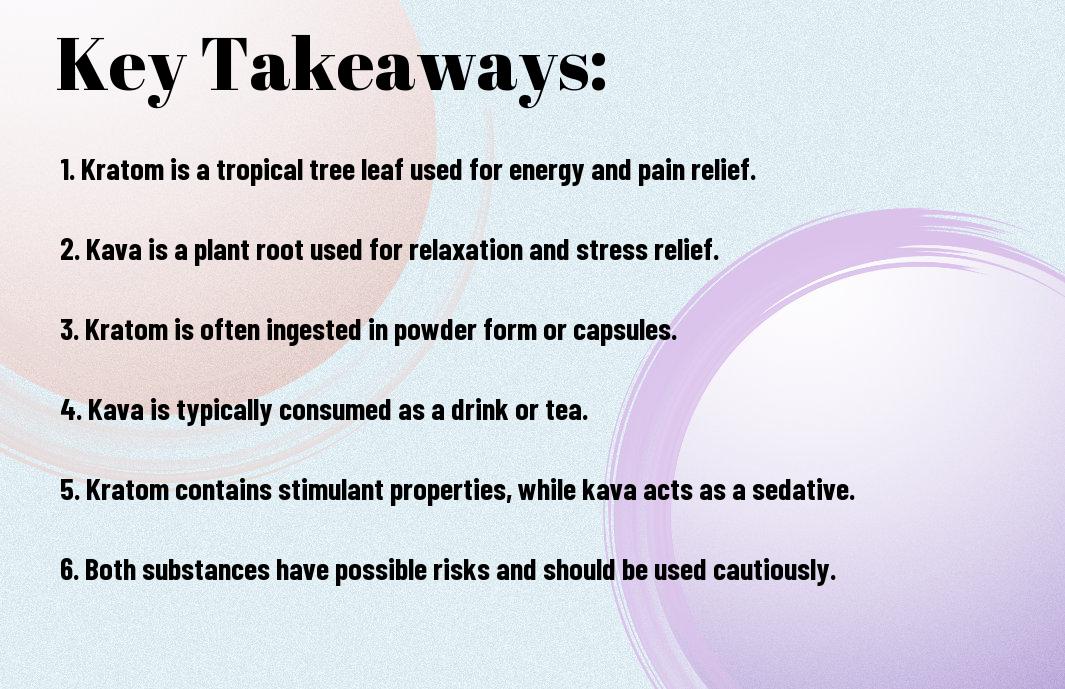
Origins and History
Kratom: A Brief Overview of its Southeast Asian Roots
For centuries, Asian cultures have been utilizing kratom for its medicinal and recreational benefits. Indigenous to countries like Thailand, Indonesia, Malaysia, and Papua New Guinea, kratom is derived from the leaves of the Mitragyna speciosa tree. In Southeast Asia, kratom has been traditionally consumed by chewing the fresh leaves or brewing them into a tea to promote relaxation, alleviate pain, and boost energy levels.
Kava: Uncovering its Ancient Pacific Island Heritage
Roots of kava run deep in the cultural practices of the Pacific Islands, notably in Fiji, Vanuatu, and Samoa. Pacific Islanders have been using kava ceremonially and medicinally for centuries. The kava drink is made from the roots of the Piper methysticum plant, where the root is pounded and mixed with water to create a traditional beverage known for its sedative and euphoric effects.
History:
Kava has a rich history in Pacific Island societies, where it plays a significant role in social gatherings, rituals, and ceremonies. However, in recent years, concerns have been raised about the potential negative effects of prolonged and excessive kava consumption on liver health. It is crucial for users to be informed and consume kava responsibly to avoid adverse effects.
Chemical Composition
Some of the key differences between kratom and kava lie in their chemical composition. Each plant contains unique alkaloids that are responsible for their effects on the body and mind.
Kratom’s Active Alkaloids: Mitragynine and 7-Hydroxymitragynine
On a chemical level, kratom leaves contain alkaloids such as mitragynine and 7-hydroxymitragynine, which interact with opioid receptors in the brain to produce various effects. These alkaloids are known for their stimulating and pain-relieving properties, making kratom a popular choice for individuals seeking energy or pain relief.
Kava’s Kavalactones: The Calming Compounds Behind its Effects
Effects of Kava’s Kavalactones: The Calming Compounds Behind its Effects
The active compounds in kava are called kavalactones, which are responsible for the plant’s calming and anxiolytic effects. Kavalactones work by affecting the brain’s neurotransmitters, promoting relaxation and reducing anxiety levels. Kava is often used in social settings or for relaxation purposes due to its calming properties.
The kavalactones in kava are what give the plant its unique effects, making it a popular choice for individuals looking to unwind or reduce stress.
Effects and Benefits
Kratom: Stimulating Energy and Pain Relief
All kratom strains contain alkaloids that interact with opioid receptors in the brain, producing stimulating effects in low doses and pain relief in higher doses. Users often report increased energy, alertness, and sociability with the consumption of kratom. This herbal supplement is also popular for its potential pain-relieving properties, making it a natural alternative for managing discomfort.
Kava: Promoting Relaxation and Anxiety Reduction
For kava enthusiasts, the drink is revered for its ability to induce a state of deep relaxation and reduce anxiety levels. Kavalactones present in the kava root are believed to interact with neurotransmitters in the brain, promoting a sense of calmness and tranquility in individuals. Many users prefer kava for its anxiolytic effects without the sedative properties commonly associated with traditional anti-anxiety medications.
Relaxation seekers often turn to kava for its calming effects, making it a popular choice for social gatherings or unwinding after a long day. The ability of kava to induce a state of relaxation without impairing cognitive function has contributed to its rising popularity as a natural stress-relief remedy.
Summary
All in all, kratom and kava offer unique effects and benefits to users seeking natural remedies for various purposes. While kratom provides stimulating energy and pain relief, kava promotes relaxation and anxiety reduction through its calming properties. It’s necessary to understand the differences between these two herbal supplements and choose the one that aligns with your needs and wellness goals.
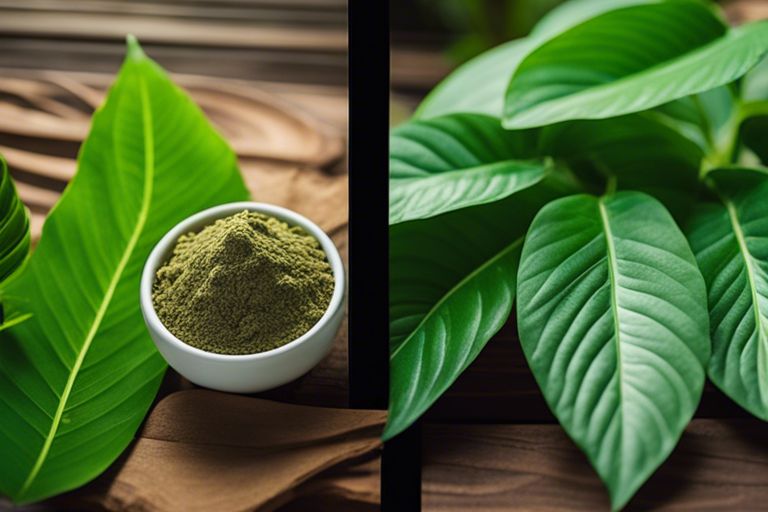
Uses and Preparations
Kratom: From Traditional Tea to Modern Supplements
After centuries of traditional use in Southeast Asia, kratom has gained popularity in the Western world for its stimulating and sedative effects. Traditionally consumed as a tea, kratom leaves are brewed in hot water to release their alkaloids, which are responsible for the plant’s effects. In modern times, kratom is also available in powder, capsule, and extract forms, making it convenient for users to incorporate into their daily routines.
Kava: Ceremonial Drinks to Contemporary Capsules
Traditional kava preparations involve grinding the root of the kava plant and mixing it with water to create a ceremonial drink. In Pacific Island cultures, kava is consumed during social gatherings and ceremonies for its calming and relaxing effects. However, in contemporary times, kava is also available in capsule and tincture forms, providing users with a convenient way to experience its benefits.
Another popular method of consuming kava is through instant drink mixes, which offer a quick and easy way to enjoy the effects of this traditional beverage. While kava continues to be used in ceremonial settings, its availability in modern forms has made it more accessible to a wider audience seeking relaxation and stress relief.
Side Effects and Interactions
Unlike How Safe Are Kava and Kratom? – Dr. Raul J. Rodriguez, both kratom and kava come with their set of potential side effects and interactions that users should be aware of.
Kratom: Navigating Potential Risks and Contraindications
Risks: Kratom has stimulant-like effects in low doses and sedative effects in high doses, which can lead to dependence and addiction. Other risks include nausea, constipation, aggression, hallucinations, and thyroid problems. It is crucial to avoid mixing kratom with other substances, especially central nervous system depressants, to prevent respiratory depression.
Kava: Weighing the Risks of Liver Damage and Medication Interactions
Side: Kava has been associated with cases of liver damage, leading to regulatory concerns in some countries. This herb may interact with medications like sedatives, diuretics, and medications that are metabolized by the liver, potentially altering their effectiveness or causing adverse reactions. It is imperative to consult with a healthcare provider before using kava, especially for individuals with liver conditions or those taking medications that may interact with it.
Although kava has calming and anxiolytic properties, careful monitoring of liver function and avoiding long-term or excessive use can help mitigate the risks associated with this herb.
Legal Status and Regulation
Kratom: The Ongoing Debate on its Legal Classification
Your journey into the world of kratom may lead you to a maze of conflicting laws and regulations. While kratom is legal in some states within the United States, it faces restrictions and even bans in others. The U.S. Food and Drug Administration (FDA) has issued warnings about the potential risks associated with kratom, including addiction and dependence.
One of the main points of contention is whether kratom should be classified as a controlled substance. Proponents argue that kratom can provide pain relief and aid in managing opioid withdrawal symptoms, while opponents raise concerns about its potential for abuse. The debate continues to rage on, with ongoing research attempting to shed light on kratom’s benefits and risks.
Kava: A History of Restrictions and Current Regulations
Kava, on the other hand, has a tumultuous history when it comes to regulations. Many countries, including Germany, France, Canada, and Australia, have imposed restrictions on kava due to concerns about its effects on the liver. In some regions, kava is only available by prescription or banned outright.
It is important to note that kava has been associated with cases of liver toxicity, causing regulators to take a cautious approach. However, kava has a long history of traditional use in the South Pacific and is still legal in many countries, including the United States. Regulations surrounding kava continue to evolve as more research is conducted on its safety and efficacy.
Final Words
Summing up, it is clear that kratom and kava are both natural substances that have been used for centuries for their medicinal and recreational properties. While kratom is known for its energizing and pain-relieving effects, kava is prized for its calming and anxiety-reducing properties. It is important for individuals to understand the differences between these two substances and to use them responsibly and in moderation.
How does Kratom compare to Kava in terms of its effects and usage?
When comparing kratom and kava, it’s important to consider kratom krate’s unique features. Kratom is known for its stimulant and pain-relieving effects, while kava is more commonly used for its calming and relaxing properties. Both are used in traditional medicine and have gained popularity in the western world for their potential health benefits.
FAQ
Q: What is Kratom and Kava?
A: Kratom and Kava are both natural herbal supplements known for their relaxing and mood-enhancing effects.
Q: How are Kratom and Kava different from each other?
A: Kratom is derived from the leaves of the Mitragyna speciosa tree, while Kava comes from the roots of the Piper methysticum plant.
Q: What are the main active compounds in Kratom and Kava?
A: The main active compounds in Kratom are mitragynine and 7-hydroxymitragynine, while Kava contains kavalactones.
Q: What are the effects of Kratom and Kava?
A: Kratom is known for its stimulating and pain-relieving effects, while Kava is used for its calming and anxiety-reducing properties.
Q: Are Kratom and Kava legal and safe to use?
A: Regulations on Kratom and Kava vary by country, and both supplements should be used responsibly and in moderation to avoid potential side effects.
